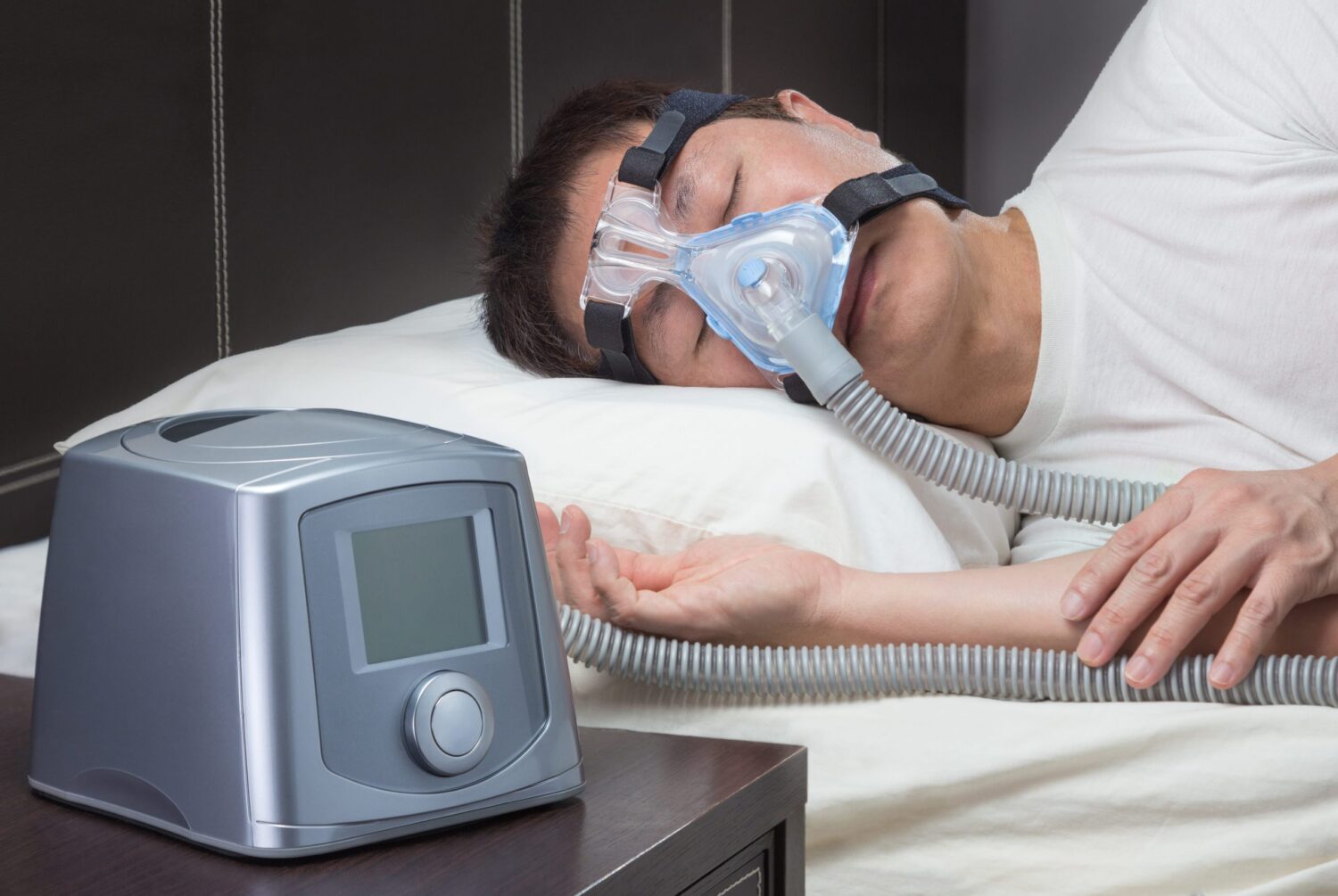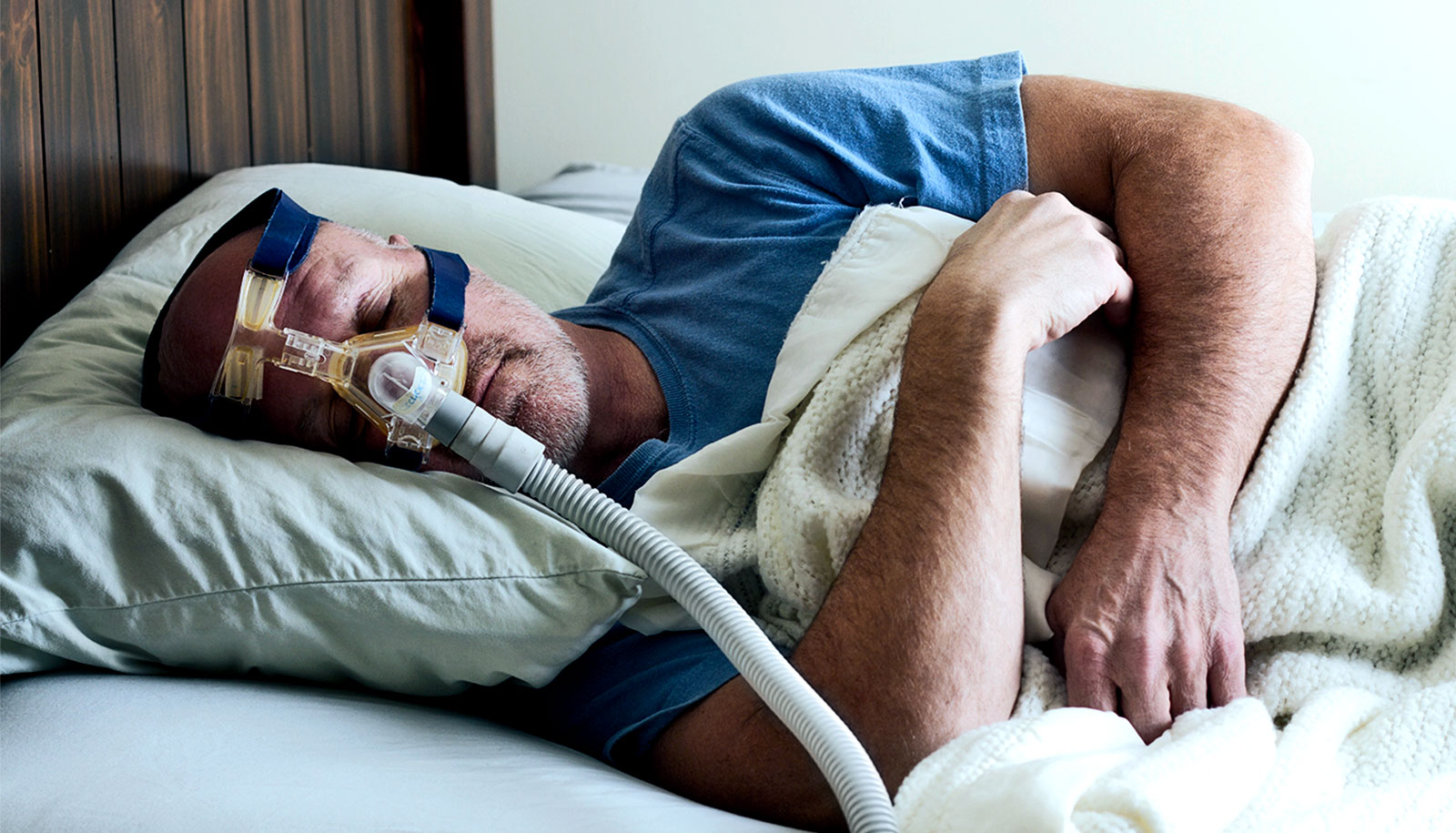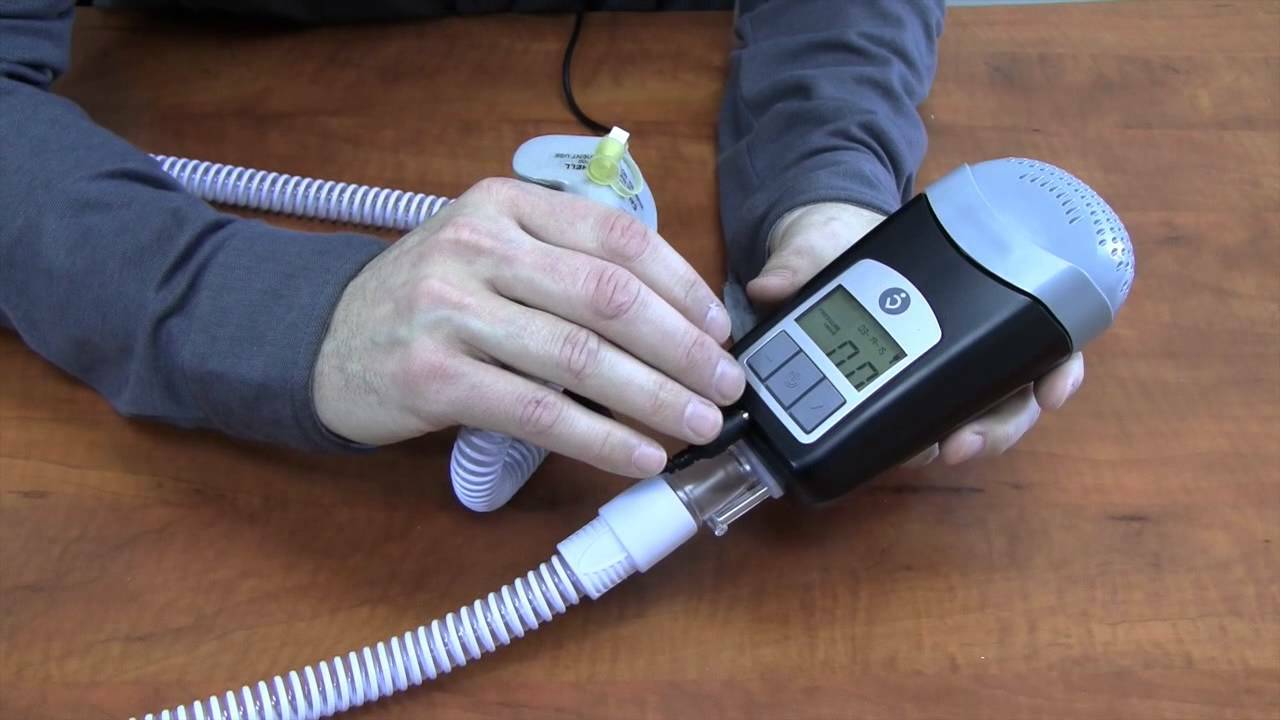What are the signs that indicate when to use a humidifier and when not to use it? Should I refrain from using it during the warmer months of summer and limit my use to the cooler months of fall and winter? Should I continue to use my CPAP humidifier during the winter as well? Does it actually assist with my treatment for getting me to sleep? These are some of the most typical questions that people who use a CPAP machine often ask. Why Should You Make Use of a CPAP Humidifier? The addition of humidification to CPAP therapy does not treat or cure obstructive sleep apnea (OSA) or upper airway resistance syndrome (UARS), but it does assist…
Tag: how to use a cpap machine
Some people may feel anxious or concerned about starting CPAP therapy, and that’s okay. When told they need to keep a CPAP machine by the bed and wear a mask to manage their sleep issue, many persons diagnosed with sleep apnea feel a combination of relief and aggravation. On the one hand, if you’ve been diagnosed with sleep apnea, you may feel some comfort from knowing that your collection of symptoms has a name and a treatment plan. These symptoms can include a sore throat, daytime sleepiness, headaches, concentration problems, brain fog, and other similar concerns. When you first begin CPAP therapy, you may notice an immediate improvement in your quality of sleep, your energy levels, and your…
CPAP users are getting ready to travel with their sleep apnea therapy as the holidays approach. Because of the disruptions caused by a change in environment, persons with sleep apnea may have a more difficult time falling asleep while travelling than those without the problem. Second, you’ll need to locate a dependable, transportable CPAP machine. Is there anything else I can do? Does a new mask become necessary? During my travels, how can I ensure that my CPAP therapy is as comfortable and easy as possible? The AirMini Autoset Travel CPAP Machine by ResMed and the Transcend Micro Auto Travel cpap machine for sleep apnea by Somnetics are two of the most well-liked CPAP machines for taking on…



